How to prevent wood from warping or cracking?

In our step-by-step guide on “How to prevent wood from warping or cracking,” we provide valuable tips to help you maintain the quality of your artisanal woodwork. We understand how important it is to keep your wooden pieces in top shape, so we’ll show you how to prevent warping and cracking, ensuring their longevity. With our guide, you’ll learn practical techniques and best practices that will help you preserve the beauty and durability of your woodwork.
Exquisite Handcrafted Wooden Masterpieces



Choose the right type of wood
When selecting the right type of wood for your project, it’s important to choose a species that is known for its stability and resistance to warping and cracking. Some excellent options to consider are cedar, teak, and redwood. Here’s what you need to do:
- Research the characteristics of each wood species to determine their stability and resistance to warping and cracking.
- Consider the specific requirements of your project and match them with the properties of the wood species.
- Visit a local lumberyard or speak with a knowledgeable professional to obtain more information and guidance on selecting the right type of wood.
- Take into account your budget, availability of the wood species, and any other factors that may influence your decision.
By following these steps, you’ll be able to choose a wood species that not only meets your project’s needs but also provides long-lasting stability and resistance to warping and cracking.



Store the wood properly
To ensure that the wood is stored properly, it is essential to find a dry and well-ventilated area. This will help prevent moisture buildup, which can eventually lead to warping and cracking of the wood. Make sure the area is free from leaks or excess humidity and that the wood is stored off the ground to avoid moisture absorption. Additionally, allow for proper air circulation around the stored wood by leaving enough space between stacks or using pallets to elevate the wood.
Acclimate the wood
To acclimate the wood, first, bring it into the room or space where it will be installed. Leave the wood to sit for at least 48 hours, allowing it to adjust to the temperature and humidity of the environment. Make sure the wood is stored flat and evenly spaced, with proper ventilation to ensure an even acclimation process.
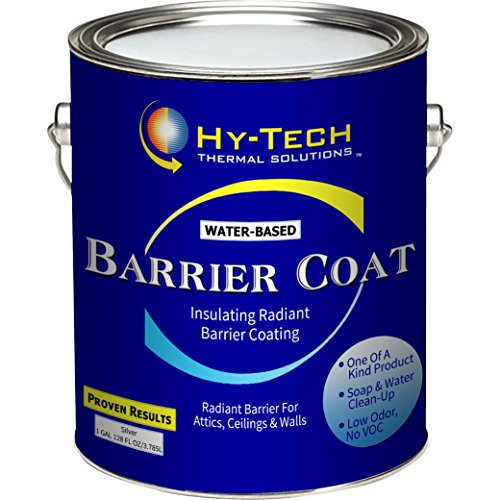
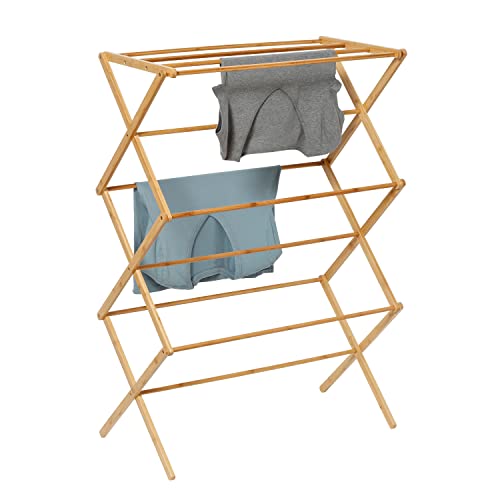

Seal the wood
To protect your wood from moisture damage, apply a sealer or finish. Start by cleaning the wood surface thoroughly to remove any dirt or debris. Next, use a brush or roller to evenly apply the sealer or finish, following the wood grain. Allow it to dry completely before applying a second coat if necessary. Remember to follow the manufacturer’s instructions and choose a sealer or finish suitable for the type of wood you are working with.
Avoid direct sunlight
To protect your wood from damage, it’s important to keep it away from direct sunlight. Prolonged exposure to the sun can cause the wood to dry out, making it more susceptible to warping and cracking. Here are some steps you can take to avoid direct sunlight:
- Position your wooden furniture or objects in shaded areas, away from windows or doors where sunlight can stream in.
- Use curtains, blinds, or shades to block out direct sunlight during the brightest hours of the day.
- If you have outdoor wooden structures like decks or pergolas, consider installing a canopy or awning to provide shade.
- When storing wood indoors, ensure that it is kept in a room with minimal exposure to sunlight, such as a basement or storage area without windows.
By following these steps, you can help prolong the life of your wood and maintain its beauty for years to come.
Maintain proper humidity levels
Monitor the humidity levels in the environment where your wood is located. Regularly check the humidity using a hygrometer, which can be easily purchased online or at a hardware store. If the humidity is too high, use a dehumidifier to reduce moisture in the air. On the other hand, if the humidity is too low, use a humidifier to add moisture. By maintaining optimal humidity levels, you can prevent the wood from warping, cracking, or shrinking, ensuring its longevity and preserving its quality.
Avoid drastic temperature changes
To avoid drastic temperature changes, it is important to protect the wood from sudden fluctuations in heat or cold. For example, when bringing wood indoors from a cold outdoor environment, allow it to acclimate gradually by placing it in a room with a similar temperature for a few days before installation. Similarly, when using wood outdoors, avoid placing it in direct sunlight or near heat sources that could cause rapid temperature changes. Taking these precautions will help prevent the wood from expanding and contracting, reducing the risk of warping and cracking.
Use proper joinery techniques
To ensure that the wood is properly joined together, it is essential to use appropriate techniques and fasteners. This will help distribute stress evenly and reduce the risk of warping or cracking. Here are some examples and instructions to guide you:
- Use dowels or biscuits: Align the pieces of wood to be joined and mark the positions for the dowels or biscuits. Drill matching holes or slots in each piece, and apply glue to the holes. Insert the dowels or biscuits and assemble the pieces together.
- Employ mortise and tenon joints: Cut a mortise (a rectangular hole) in one piece of wood and a corresponding tenon (a projecting tongue) on the other. Apply glue to the mortise, insert the tenon, and join the pieces together.
- Utilize dovetail joints: Cut interlocking “tails” on one piece of wood and corresponding “pins” on the other. Apply glue to the tails and insert the pins. Fit the pieces together to create a strong and visually appealing joint.
Remember to choose the appropriate fasteners, such as screws or nails, for joining wood where necessary. Following these techniques will result in sturdy, long-lasting joints that will enhance the overall quality of your woodworking projects.
Regularly inspect and maintain the wood
Periodically inspect the wood for signs of warping or cracking. If you notice any issues, take immediate action to repair and maintain the wood. This will help prevent further damage and ensure the longevity of the wood.
Protect your wood investments
In conclusion, we have explored the essential steps to prevent wood from warping or cracking in artisanal woodwork. By selecting the right type of wood, ensuring proper storage conditions, sealing the wood effectively, and maintaining it regularly, we can greatly reduce the risk of warping and cracking. Remember, prevention is always better than repair when it comes to preserving the beauty and integrity of your wooden creations. So, let’s follow these guidelines to ensure our woodwork stands the test of time. Happy woodworking!
Essential Supplies


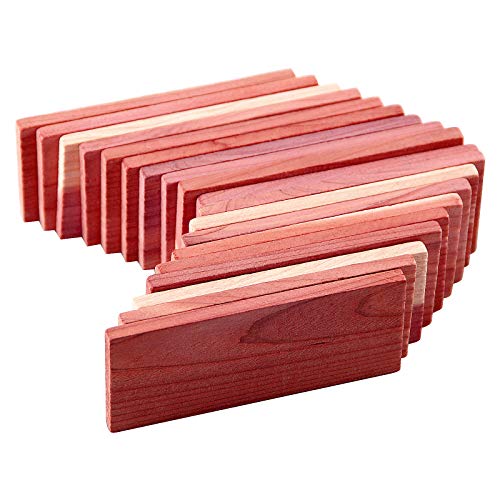

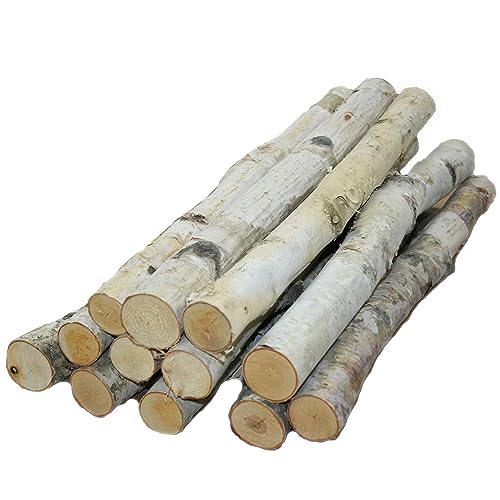
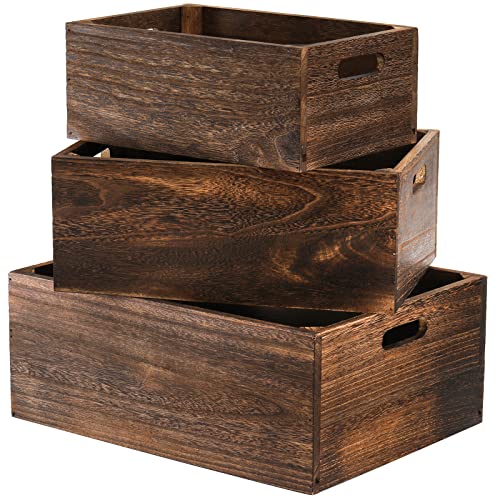
Expert Advice
Getting started with Artisanal Woodwork
- Start with basic tools: Begin by familiarizing yourself with essential tools such as a saw, chisel, hammer, and sandpaper. These will help you get started on your woodwork projects
- Choose the right wood: Understanding the different types of wood and their characteristics is important. Start with softer woods like pine or cedar as they are easier to work with and more forgiving for beginners
- Practice measuring and marking: Accurate measuring and marking are crucial in woodworking. Invest in a measuring tape, ruler, and carpenter’s pencil to ensure precise cuts and joinery
- Learn basic joinery techniques: Joinery refers to the process of connecting two pieces of wood together. Start by practicing simple techniques such as butt joints, miter joints, and pocket hole joinery. These techniques will help you create strong and sturdy connections
- Start with small projects: Begin with small and simple projects like making a cutting board or a basic shelf. This will allow you to practice your skills and gain confidence before moving on to more complex projects
- Remember, woodworking is a skill that develops over time, so be patient and enjoy the process of learning and creating beautiful pieces!
Frequently Asked Questions about Artisanal Woodwork
Are there any sustainability considerations in artisanal woodwork?
Yes, there are indeed sustainability considerations in artisanal woodwork. As an expert, we can tell you that the wood used in artisanal woodwork comes from various sources, and it is important to consider the environmental impact of this practice.
One key consideration is the type of wood being used. Some artisanal woodworkers prioritize using sustainably harvested wood, which means the wood is sourced from responsibly managed forests. This ensures that the trees are harvested in a way that allows for regeneration and protects the overall health of the forest ecosystem.
Another aspect to consider is the use of reclaimed or recycled wood. Many artisans make conscious efforts to use wood that has been salvaged from old structures, furniture, or other sources. This helps reduce the demand for new wood and minimizes waste.
Furthermore, the production process itself can also have sustainability implications. Artisans who prioritize sustainable practices may use non-toxic finishes and adhesives, as well as energy-efficient tools and techniques. They may also minimize waste by carefully planning their projects and finding creative ways to utilize wood scraps.
In summary, sustainability considerations in artisanal woodwork involve thoughtful sourcing of wood, including the use of sustainably harvested or reclaimed wood, as well as employing eco-friendly production practices. By considering these factors, artisans can contribute to the conservation of natural resources and the preservation of our environment.




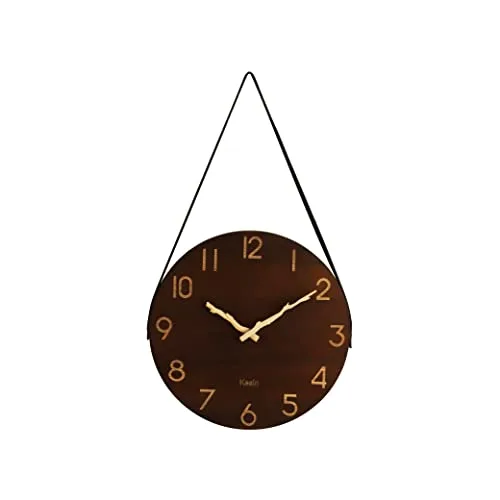
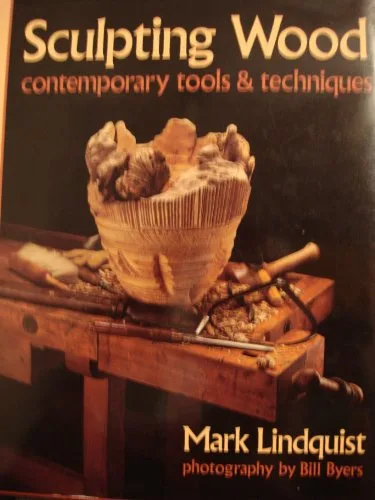
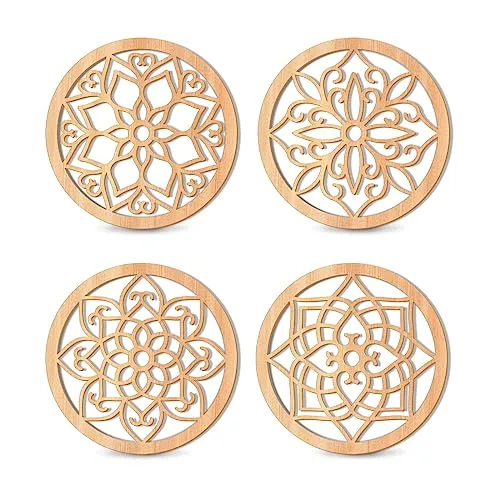
I followed these steps and my wood turned out great! I used them to build a custom bookshelf for my living room. It looks fantastic.
I would suggest using a wood conditioner before sealing the wood. It helps to control the moisture content and prevent warping. It’s a simple step but can make a big difference!
Could you recommend any related topics or guides on woodworking? I’m interested in learning more about this subject.
These are great tips! Can you provide any advanced techniques or additional steps to prevent wood from warping or cracking?
I successfully prevented my wood from warping using these steps. Thank you for the helpful guide!
I used these tips to prevent my dining table from warping. Now it’s in great condition and doesn’t show any signs of warping. Thank you!
You’re welcome! I’m glad the tips helped you prevent your dining table from warping. If you have any other questions or need further assistance, feel free to ask.
I followed the guide but my wood still ended up warping. Can you help troubleshoot the issue? I stored the wood properly and sealed it, but it still warped.
What specific products or brands do you recommend for sealing the wood to prevent warping and cracking?
I have some experience with artisanal woodwork, and I find that using traditional joinery techniques really helps in preventing warping and cracking. It’s great to see that you included that step in your guide!